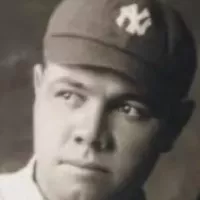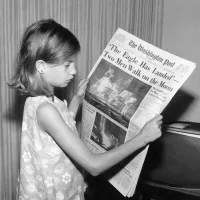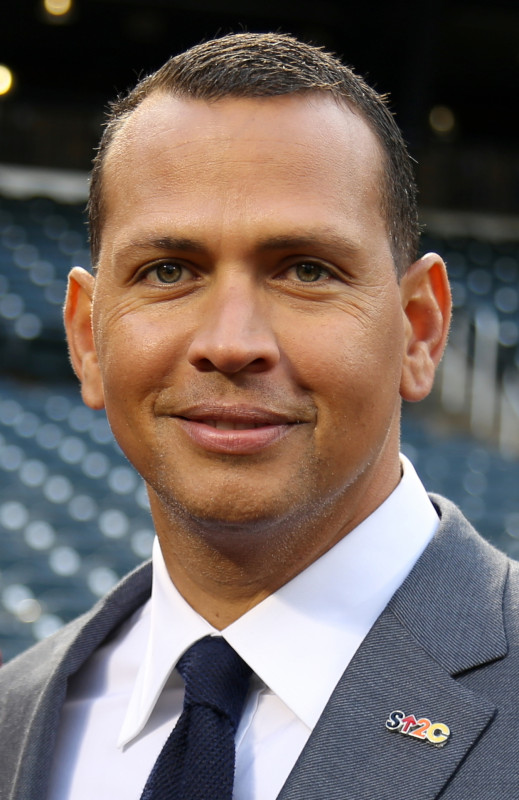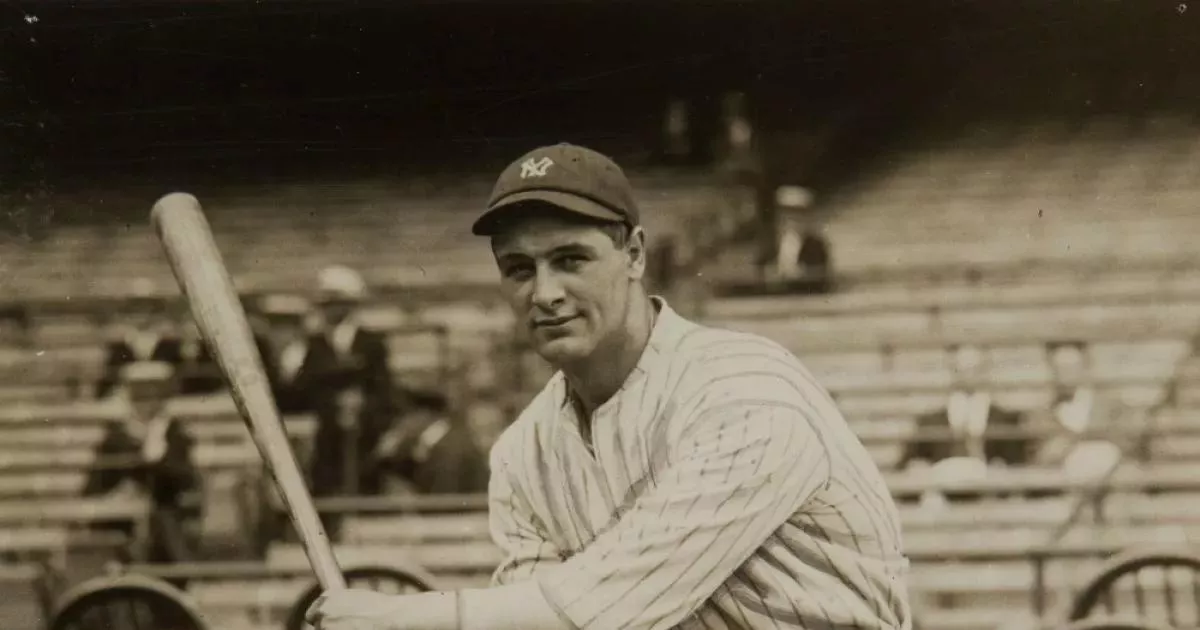From career breakthroughs to professional milestones, explore how Lou Gehrig made an impact.
Lou Gehrig, nicknamed "the Iron Horse," was a legendary New York Yankees first baseman (1923-1939) known for his hitting and durability. He achieved a .340 batting average, 493 home runs, and 1,995 RBIs. A seven-time All-Star, Triple Crown winner, and two-time AL MVP, he contributed to six World Series championships. His consecutive games played record stood for 56 years. Tragically, his career ended prematurely due to amyotrophic lateral sclerosis (ALS), now known as Lou Gehrig's disease. He was elected to the Baseball Hall of Fame in 1939, and the Yankees retired his number 4, a first in MLB.
April 18, 1923: Gehrig strikes out 17 batters
On April 18, 1923, Columbia pitcher Lou Gehrig struck out 17 Williams Ephs batters, setting a team record. The same day Yankee Stadium opened and Babe Ruth hit a home run. Yankees scout Paul Krichell attended and was impressed with Gehrig's powerful left-handed hitting.
April 29, 1923: Signed with the Yankees
On April 29, 1923, Lou Gehrig, who was a student at Columbia University, signed with the New York Yankees.
June 15, 1923: Major League Debut
On June 15, 1923, Lou Gehrig made his major-league debut as a pinch hitter, marking the beginning of his career with the New York Yankees.
June 1, 1925: Gehrig replaces Pipp in lineup
On June 1, 1925, Lou Gehrig replaced Wally Pipp in the Yankees' lineup after Pipp took himself out of the game due to a headache. Gehrig went on to play in every game until April 30, 1939.
August 17, 1933: Breaks Consecutive Game Record
On August 17, 1933, Lou Gehrig played in his 1,308th consecutive game against the St. Louis Browns, surpassing Everett Scott's record for the longest consecutive games played streak. Scott was present as a guest of the Browns.
April 30, 1934: 300th Home Run
On April 30, 1934, Lou Gehrig hit his 300th home run versus the Washington Senators, becoming the second player to reach this milestone after Babe Ruth. He also won the AL Triple Crown in 1934.
1934: Gehrig Hits More Home Runs Than Ruth
In 1934, Lou Gehrig hit 49 home runs compared to Babe Ruth's 22.
1935: Ruth Plays Handful of Games Before Retiring
In 1935, Babe Ruth played a handful of games before retiring.
September 27, 1938: Gehrig Hits Last Home Run
On September 27, 1938, Lou Gehrig hit his last home run.
April 30, 1939: Gehrig's Consecutive Game Streak Ends
Lou Gehrig's consecutive game streak came to an end on April 30, 1939. This was after 2,130 consecutive games played since June 1, 1925.
May 2, 1939: End of Consecutive Game Streak
On May 2, 1939, Lou Gehrig voluntarily took himself out of the lineup, ending his consecutive game streak. This decision was due to an undiagnosed ailment that was later confirmed to be amyotrophic lateral sclerosis (ALS).
October 1939: Gehrig Accepts Appointment as NYC Parole Commissioner
In October 1939, Lou Gehrig accepted Mayor La Guardia's appointment to a ten-year term as a New York City parole commissioner.
January 2, 1940: Gehrig Sworn in as NYC Parole Commissioner
On January 2, 1940, Lou Gehrig was sworn into office as a New York City parole commissioner, a position to which he was appointed by Mayor La Guardia in October 1939.
Mentioned in this timeline

Babe Ruth nicknamed the Bambino and the Sultan of Swat...
CBS is a major American commercial broadcast television and radio...

News encompasses information about current events disseminated through various media...

Football encompasses a variety of team sports centered on kicking...

Mount Rushmore National Memorial located in the Black Hills of...

Chicago Illinois is the third-most populous city in the United...
Trending

10 minutes ago Alex Rodriguez advised Patrick Mahomes on sports, revealing his preference for baseball.

10 minutes ago Addison Barger Rejects David Ortiz's Gift, Sparks Funny Reaction and Media Buzz.
10 minutes ago Ken Rosenthal to Cover Dodgers-Blue Jays World Series on FOX; Kendrick Lamar to Appear

1 hour ago Alexandra Eala faces tough Hong Kong Open draw; Katie Boulter is first opponent.
1 hour ago Trump Administration to shake up ICE, aiming for faster deportations and migrant crackdown.
1 hour ago FuboTV Set to Announce Q3 2025 Financial Results; Streaming beIN Sports Xtra
Popular

The White House located at Pennsylvania Avenue NW in Washington...

George Soros is a Hungarian-American investor and philanthropist with a...

Gavin Newsom is an American politician and businessman currently serving...

XXXTentacion born Jahseh Dwayne Ricardo Onfroy was a controversial yet...

Bernie Sanders is a prominent American politician currently serving as...

Doug Ford is a Canadian politician and businessman currently serving...
